This year, and this month, BMW M celebrates its 40th birthday. We thought we’d take a look at the history of BMW’s motorsport division, and some of the awesome cars it has produced over the years.
According to the dictionary, the definition of a sports car is: a small, high-powered automobile designed for performance and high speeds with long, low lines, usually seating two persons.
It sounds appealing doesn’t it? However, one problem with a car like this is that it’s not very practical; you can’t really go on a roadtrip with four or five people, for instance. Packing luggage is also tough, while the interior is generally pretty confined and can become uncomfortable. In some instances, the engine is not engineered for regular day-to-day driving either.
Forty years ago, BMW had its roots deeply planted in motorsports, and in 1972, it formed BMW Motorsport GmbH; a dedicated division for engineering all types of race cars, and race drivers.
BMW saw an opportunity not just to produce race cars with this new division, but also to produce race and performance parts for the general public to adapt to their road-going BMWs.
In the beginning, BMW Motorosport options ranged from aero modifications, to interior trim enhancements, to full engine and transmission upgrades for those who really wanted to get serious.
Eventually, BMW M had to come up with a complete vehicle that could be bought straight from the BMW showroom, including full warranty and all of the buying experience that comes with buying new.
In May 1972, the BMW 3.0 CSL was born. At the time BMW Motorsport had just eight employees. Even so, they managed to engineer the BMW E9-based CS coupe, and transform it into a race-bred sports car. It was created as a homologation special so BMW Motorsport could compete in the European Touring Car Championship.
Featuring an aggressive and dramatic aero kit over the normal E9 CS series, the car was lightweight (1092kg) – hence the ‘L’ in the name – and was powered by a high-revving naturally aspirated 3.0-litre engine. The engine grew slightly later in 1972 to 3003cc and then 3340cc so the race version could compete in the over 3.0-litre class.
The racing version of the 3.0 CSL was the most successful touring car in its day. It even won the 1973 Nurburgring 24 Hours (N24) endurance race on its debut at the ‘Ring, with Niki Lauda and Hans-Peter Joisten behind the wheel, giving BMW its fourth consecutive win for the now-famous event. (The first car to ever win the N24 was a BMW 2002 TI in 1970.)
The race cars were painted in a distinct colour scheme, featuring red, blue, and violet stripes. The colours became popular and became the pattern of M. The three stripes are still used today on all M products.
After the success of the 3.0 CSL, the whole idea of creating a genuine sports car from an everyday road car was born. It allowed normal motorists to feel and experience a race car, while still commuting in a practical package. Robert A. Lutz, BMW AG board member of sales in 1972, said at the time,
“A company is like a human being. As long as it goes in for sports, it is fit, well-trained, full of enthusiasm and performance.”
Carrying this theme, BMW Motorsport started work on another road car, regarded as the first ever proper M car; the BMW M1.
The BMW M1 was launched in 1978. It featured a very low profile body, with a pointed nose, two doors, and a mid-mounted engine. It was also a homologation special, and featured a naturally aspirated 3.5-litre straight-six engine. With six throttle bodies, it was a screamer, producing 204kW of power.
A racing version was also made, spawning a special one-make racing series. The series ran for two years, with Niki Lauda winning the first event in 1979, followed by Nelson Piquet in 1980.
At the time, BMW Motorsports used to engineer not only its vehicles, but also its drivers. The company always believed in honing that connection between man and machine. As part of training, factory drivers were sent to Switzerland where they received dedicated driver training as well as sports psychology.
BMW planned to make these courses available for everyday enthusiasts too, and ever since 1977, BMW Driver Training has offered all kinds of classes to teach motorists the art of understanding and mastering the vehicle.
It wasn’t until 1979 when the true M personality was born. BMW released the M535i sedan. It looked only a bit sportier than the conventional 535i, with subtle skirts and spoilers, however, under the bonnet featured a 3.4-litre straight six producing 160kW.
From this, the BMW M5 was born. It started with the E28 series, which came with a similar version of the BMW M1 3.5-litre straight-six engine. Power was rated at 210kW, which, at the time, was extraordinary for a sedan. It was known as the fastest production sedan in the world.
Following the E28 in 1984, there was the E34, then the E39 V8, up to the E60 V10 version (pictured below), to the current F10 twin-turbo V8 version. All of them carried the same theme of understated sedan styling with unadulterated mechanical performance, pretty much setting the benchmark for the segment.
Along the way, BMW’s most popular car, the 3 Series, received the same treatment, as well as the 6 Series in form of the M3 and M6, respectively. M also created performance versions of the Z3 and Z4 roadsters in the 90s and 00s.
The M3 was launched in 1986, with the agile and highly praised E30 two-door. It featured a 2.3-litre naturally aspirated four-cylinder engine, also with individual throttle bodies for the ultimate in high-revving performance. Early versions offered 147kW, while later Evolution versions featured a 2.5-litre with up to 177kW.
The M3 was a very popular vehicle in racing, and on the road. BMW M went on to produce E36 versions, in 3.0-litre (210kW) and later 3.2-litre guise (236kW), followed by the E46 also using a 3.2-litre straight six, to the current model with its naturally aspirated 4.0-litre V8. The all-new version is due some time later in 2013, and will follow the new M5 theme with the introduction of turbochargers.
The M3 is the second most successful car to ever race at the Nurburgring 24 Hours, claiming victory a remarkable 10 times, behind the Porsche 911, which has 11 wins under its belt. This doesn’t include the various 3 Series wins.
Nowadays, BMW M produces five cars; the BMW 1 Series M Coupe (below), the M3, the M5, and the X5 M and X6 M SUVs. The division is also expanding further to offer performance diesel vehicles, in the form of the M550d 5 Series triple turbo (not available in Australia), and the M50d X5 and X6 using the same 280kW tri-turbo six (arriving in Australia in June).
Each of these arguably set the benchmark in terms of overall performance and balance in their respective market segments, offering a superb driver-focused character matched with serious levels of power and speed.
Happy birthday M, and thanks for the wonderful cars you have produced over the years. We look forward to plenty more in the future.
With so many cars, it would be hard to select a favourite. What’s do you think is the best M car of all time? What’s your favourite?
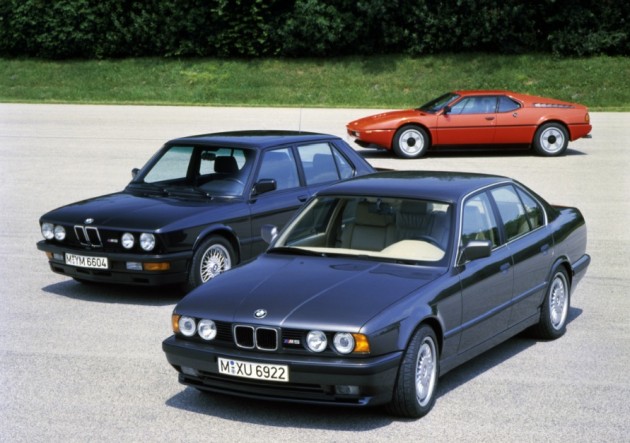
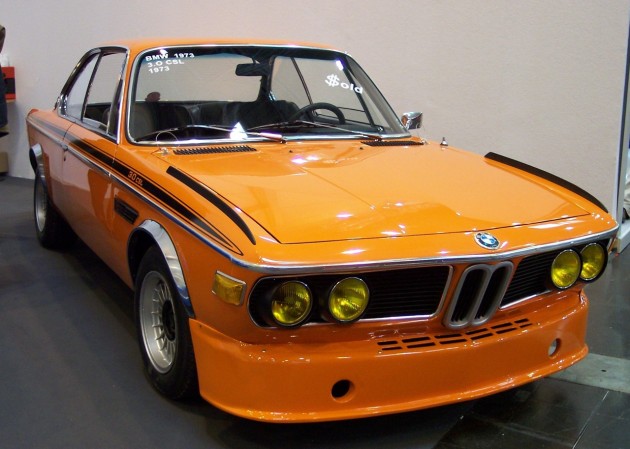
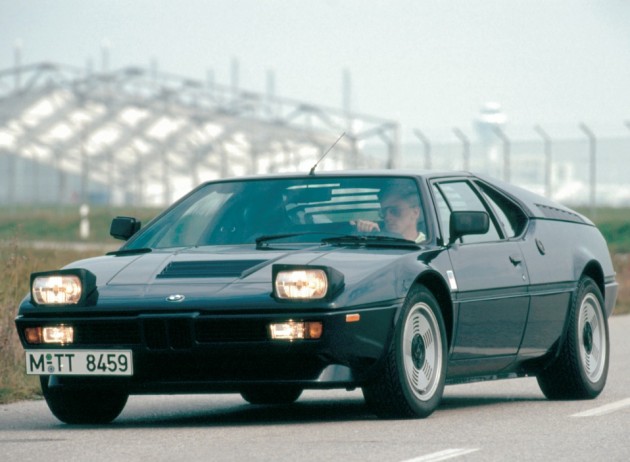
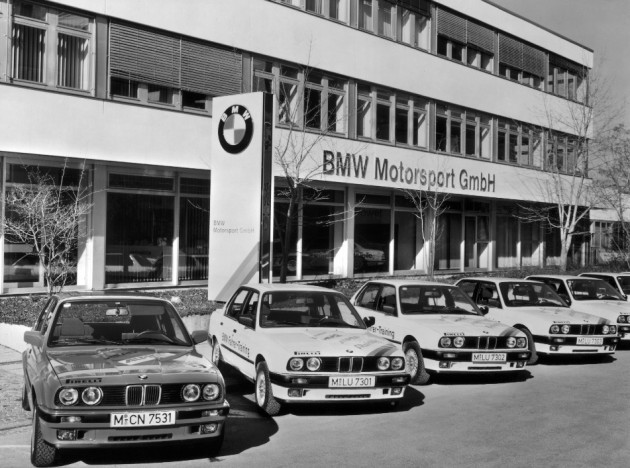

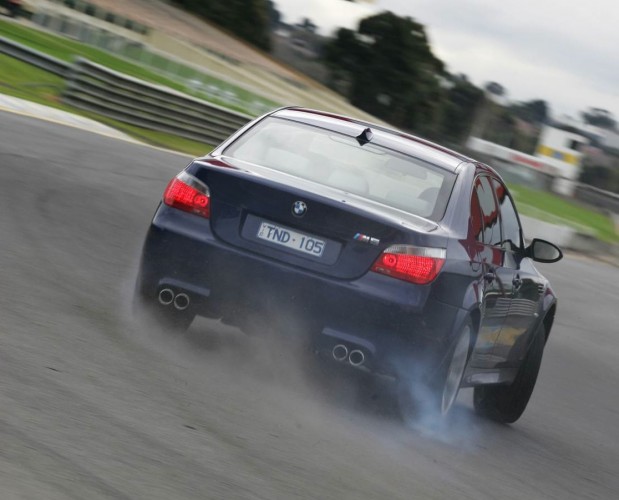
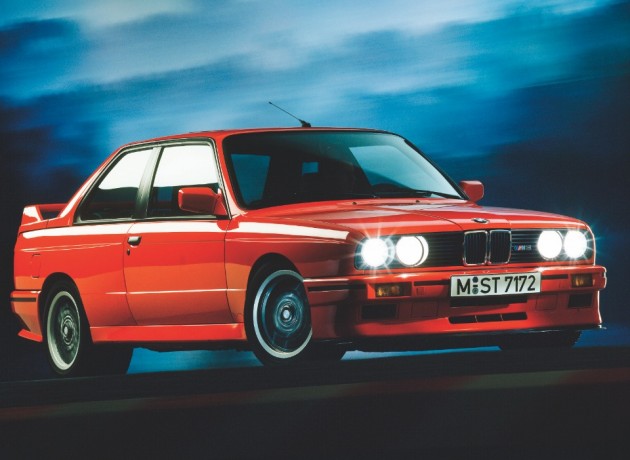
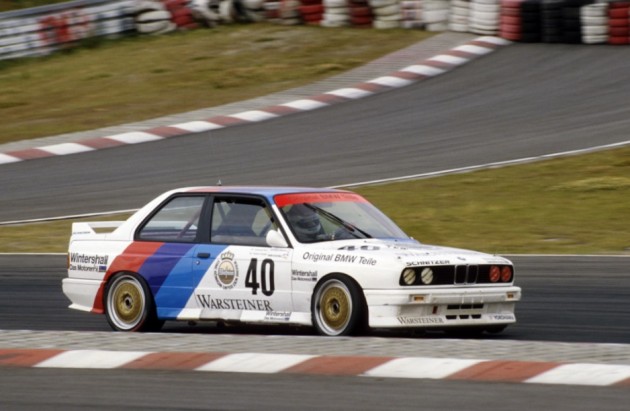
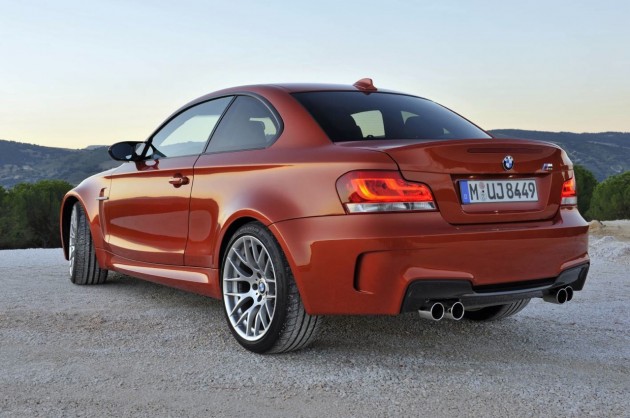
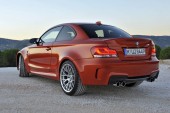
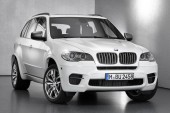
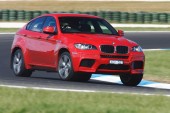
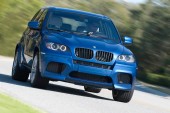
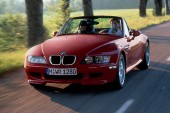
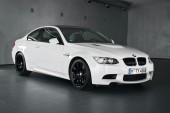
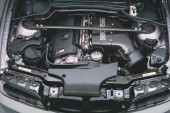
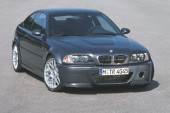
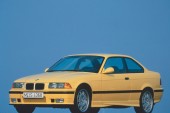
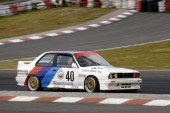
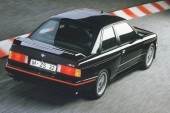
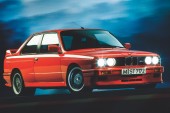
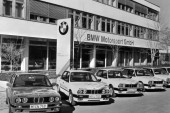
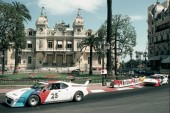
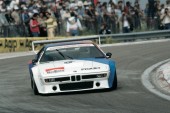
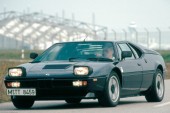
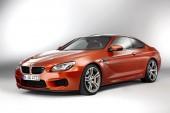
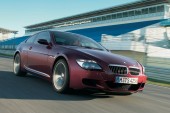
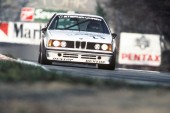
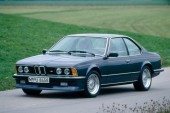
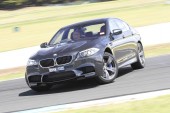
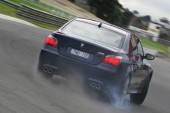
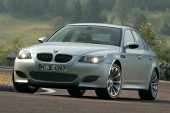
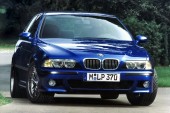
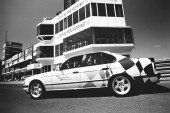
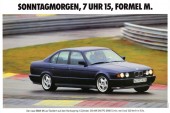
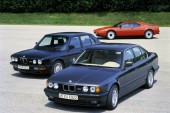
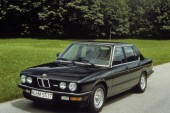
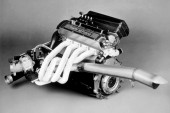
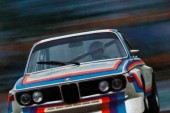
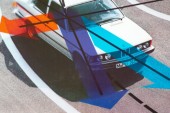
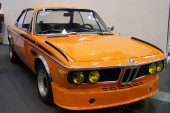
The E39 M5 V8 was the best all round sports sedan they ever built I reckon. In fact, I think I might just go and buy a secondhand one this weekend lol!
Go for it Chris. And please tell us what it’s like, we’ve always loved the E39 M5 as well.